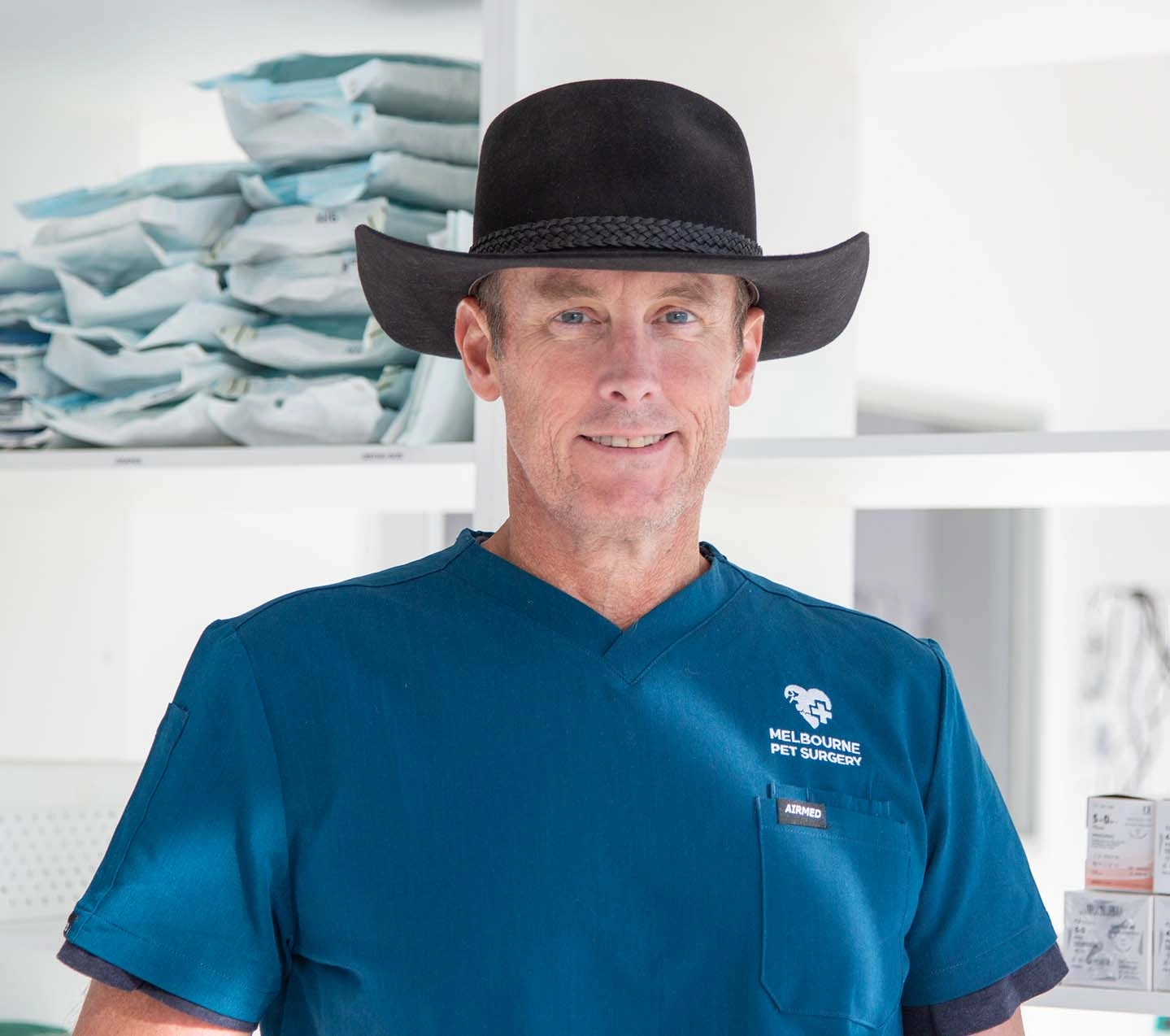Ancient human acupuncture, modern animal treatment
Traditional Chinese medicine (TCM)
The primary feature of modern TCM is the principle that good health relies on the restoration and maintenance of harmony, balance and order to the individual. The treatments used in Traditional Chinese Medicine aim to adjust and harmonize Yin and Yang - cold and hot, wet and dry, inner and outer, body and mind. This is achieved by regulating the flow of Qi (energy) around the body allowing weak organs to be strengthened, blocked channels to open, excesses to be drained, deficiencies to be toned, heat to be cooled and dryness to be moistened.
Traditional Chinese Medicine (TCM) uses different forms of treatment such as acupuncture, Chinese herbal medicine and food therapy. Treatments work on the basis of individualized formulae for each patient.
TCM takes a holistic approach to understanding normal function and disease processes and focuses as much on the prevention of illness as it does on the treatment. It is used in an integrative way with Western medicine.
Veterinary Acupuncture
Human acupuncture has been used as a form of treatment for many centuries, originating in ancient China. Veterinary acupuncture was introduced into the United States in 1971. Over the past 40 years, animal acupuncture has been refined and is now commonly used as a complimentary or sole form of treatment for many ailments.
How does acupuncture work?
Acupuncture is a treatment that involves the stimulation of points, typically achieved through the insertion of specialized needles into the body. Acupuncture points typically lay along the body’s Meridian Channels along which Qi and Blood flows. By activating these points, it stimulates the smooth flow of Qi and Blood especially to where it is required the most, thus ensures the body is adequately nourished to help maintain its natural balance.
On a Western medicine point of view, considerable evidence has found stimulation of an acupuncture point induces micro-trauma leading to the activation of the Nervous System. This has shown to stimulate the secretion of neurotransmitters, hormones and other chemicals. These function to dull pain, boost the immune system, reduce inflammation and regulate various bodily functions.
Conditions commonly treated
Acupuncture is commonly used for musculoskeletal problems such as those involving non-infectious inflammation, paralysis or pain. For small animals, acupuncture has been used for treating arthritis, hip dysplasia, acral lick granulomas, feline asthma, diarrhea, allergic dermatitis, behaviour issues and cardiorespiratory disease.
What can I expect during the acupuncture session?
During the initial visit, information about your pet’s medical history, lifestyle, diet, presenting complaint etc. will be taken. A general exam of the patient will be done using both a Western and Traditional Chinese Medicine approach which will include observing your pet’s tongue and feeling their pulse.
A treatment plan will be formulated specifically based on the holistic evaluation of the situation. On subsequent visits your pet will be re-examined in the same manner and treatments adjusted as required.
During the session, we will try to find a comfortable position for your pet. To help keep them quiet and relaxed, we recommend to bring their own bed or blanket from home. We recommend you also bring their favourite long chewing treat to munch (e.g., pigs ear, greenies) or a Likimat with their favourite foods (E.g., Peanut butter, wet food, cream cheese). Once the acupuncture needles are inserted, they will remain in for 10 – 20mins.
The initial Acupuncture session is $91.50 and subsequent sessions $50. You can also purchase a bundle of 4 sessions for $165 (after the initial session).
What do the needles feel like?
The acupuncture needles used are very fine, almost as thin as a strand of hair. Your pet may feel a small prick as the sterile needle passes through the skin. In most cases this is painless, thus very well tolerated. Once the needle is in place a slight tingle or numbness may be felt as De Qi (needle grab) is achieved. De Qi is a good sign that the acupuncture point has been stimulated. Your pet may show signs of this by moving around, trying to lick or looking at the area.
How many treatments are required?
Just as therapies you receive from your regular doctor, the number of treatments depends on your pet’s conditions, health, age, responsiveness to the treatment and many other factors. Most conditions require a course of 3 to 6 treatments. These are usually more frequently at the beginning and can be gradually spaced out depending on response. In general, acute conditions respond quicker and require fewer treatments than chronic conditions.
How soon will I notice an improvement?
Some patients will have partial or even complete relief as soon as the needle is inserted. Occasionally animals will seem to initially deteriorate with steady improvement soon after or will seem to have no change and then start to improve a few days later. It does depend on the individual and the condition being treated.
What are the potential risks associated with Acupuncture?
Acupuncture is a very safe and a non-invasive form of treatment. Rarely, your pet may experience minor bleeding or bruising after removal of the needle. Disposable sterile needles are used therefore infection is uncommon.
Aftercare instructions
As the body is healing itself and trying to re-establish homeostasis, it can consume extra energy. It is important for the first few days after each acupuncture session that your pet is kept calm and quiet to allow the body to recuperate. You may notice a change in their hunger/thirst levels and toileting habits. We recommend that your pet has restricted exercise and no bathing for the first 48hrs after each session. By then your pet should be feeling much better.





